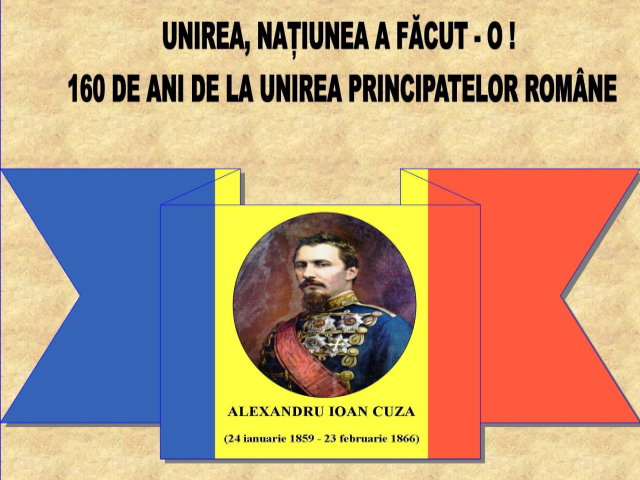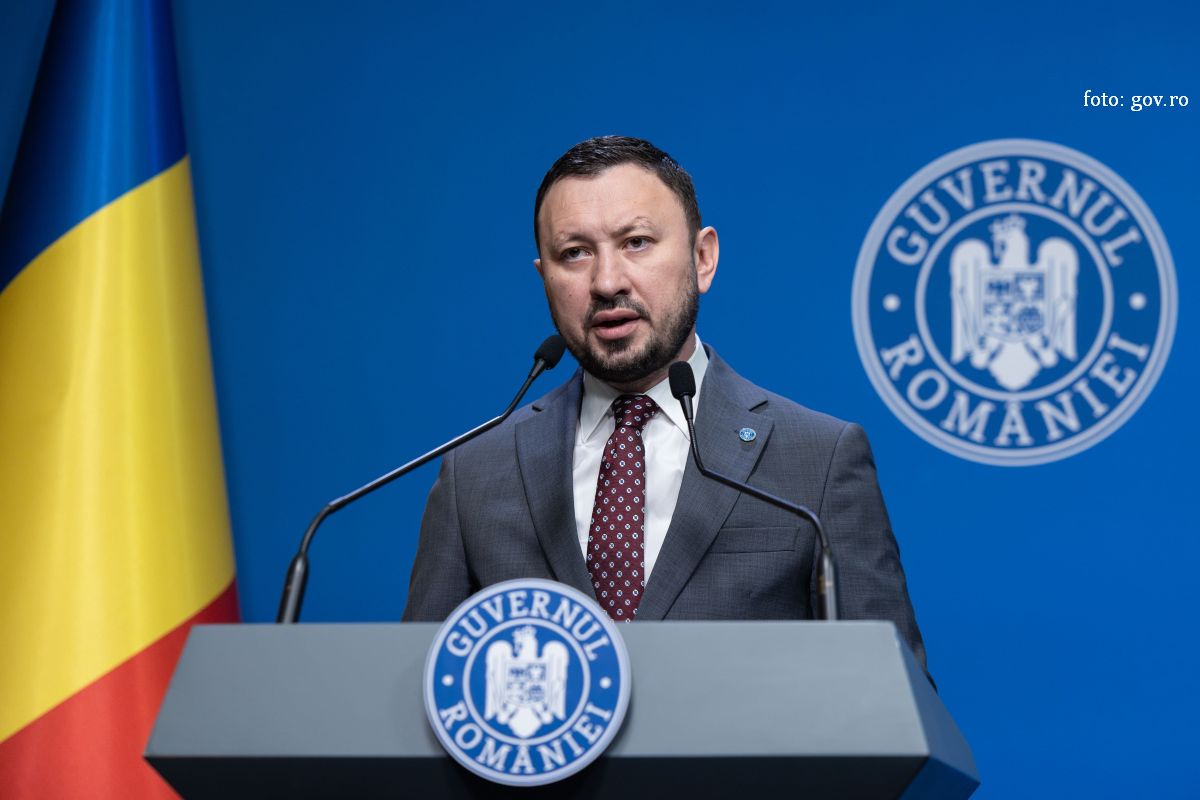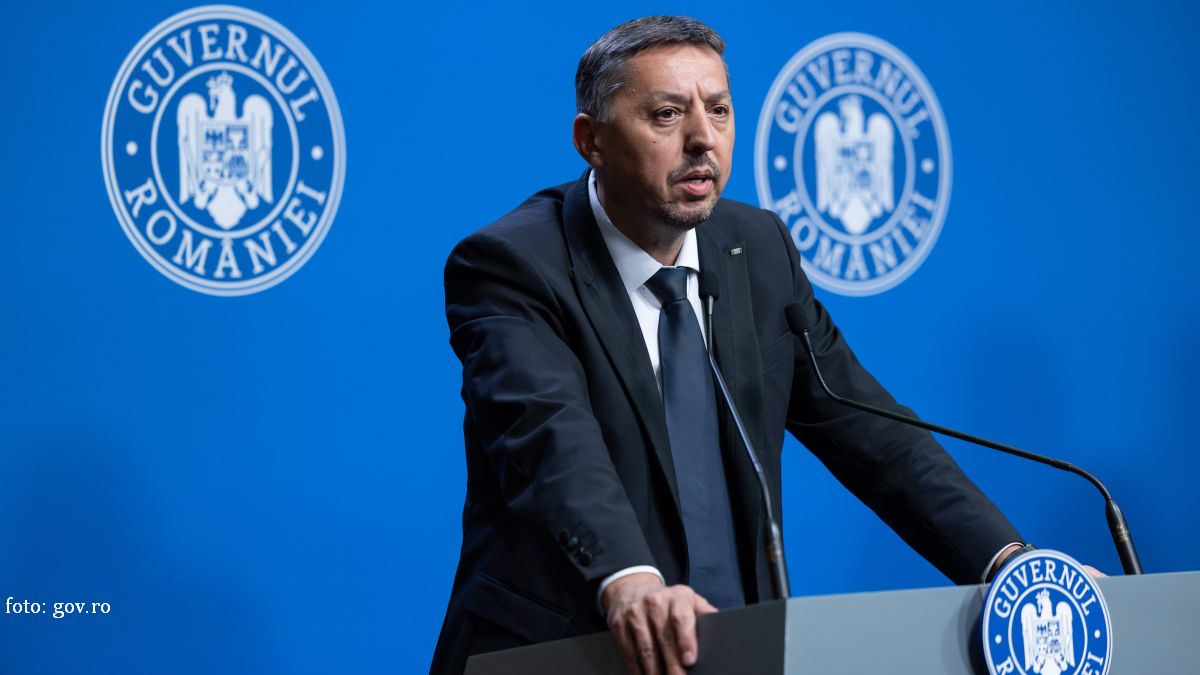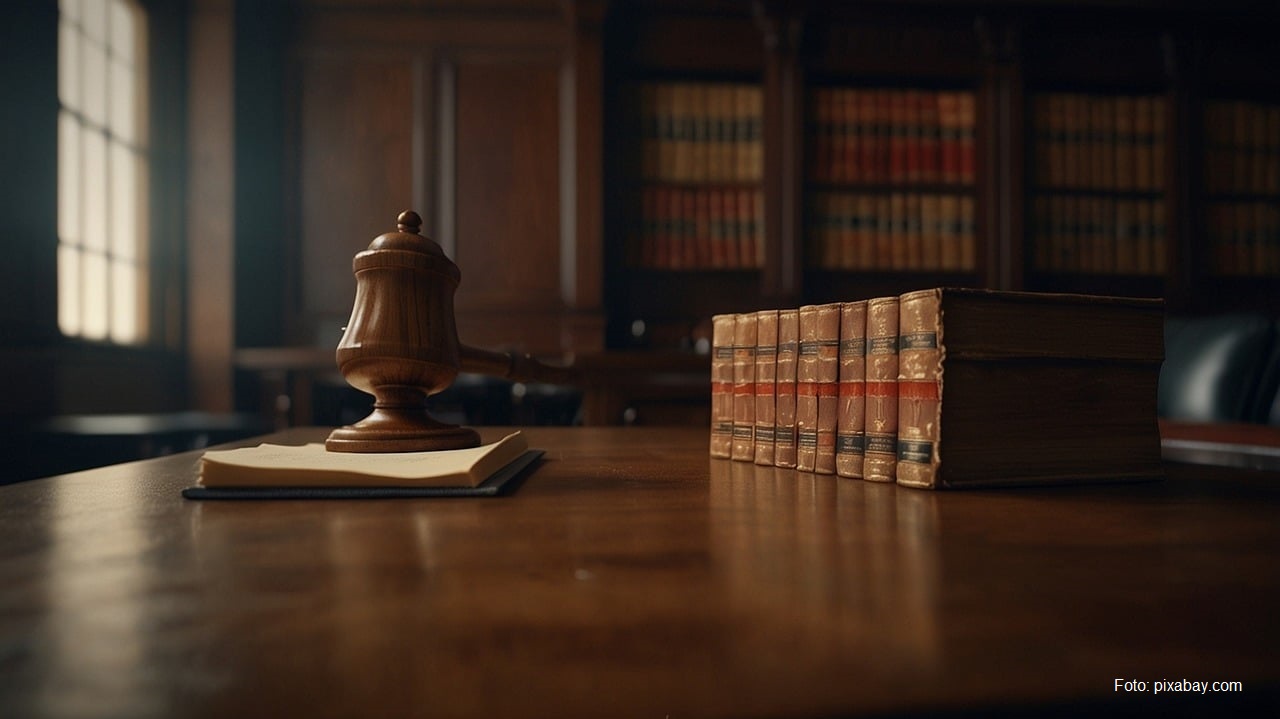160 years since the Union of Romanian Principalities
In spite of the cold weather and of the glacial political situation, Romanians celebrate on Thursday the first official holiday of the year.

Ştefan Stoica, 23.01.2019, 13:30
Romania, the mostly Romanian-speaking Republic of Moldova and the Romanian communities abroad celebrate these days 160 years since the Union of the Romanian Principalities, by means of a large number of events. Religious and military ceremonies and outdoor shows mark this moment, which paved the way for the establishment of the Romanian nation state one century ago. On January 24th 1859, Alexandru Ioan Cuza, elected ruler of Moldavia the week before, was unanimously voted by the Electoral Assembly in Bucharest as sovereign of Wallachia, and consequently ruler of the United Principalities. The de facto union of the 2 countries inhabited by Romanians was therefore accomplished. Three years later, on January 24th 1862, with the decisive support of France’s Emperor Napoleon III, the Union was recognized by the international community and the new country was named Romania.
Alexandru Ioan Cuza’s 7-year reign, with the radical reforms that it promoted, laid the institutional foundations for modern Romania. It was during this period that a Civil Code and a Criminal Code were adopted, both inspired by French legislation, a national army was created, primary education became compulsory and the first Romanian universities were created, in 1860 in Iasi, currently named after Alexandru Ioan Cuza, and 4 years later the one in Bucharest. The land reform turned close to half a million peasant families into land owners, after the estates of monasteries were taken over by the state.
A charismatic personality, adored by peasants and by poor urban communities, but disliked by political parties because of his authoritarian tendencies, the ruler was forced out of power and into exile in 1866.
His successor on the throne of Romania was King Carol I, of the German princely family of Hohenzollern-Sigmaringen. His long reign was to secure Romania’s independence from the Ottoman Empire and the recovery of the south-eastern region of Dobrogea following the Russian-Romanian-Turkish war of 1877, also known as the Romanian Independence War. In 1918, under King Ferdinand, the establishment of the nation state of Romania was completed, through the union of the Romanian-speaking provinces previously under foreign occupation, namely Transylvania, Banat, Crisana, Maramures, Bucovina and Bessarabia.
As confirmed by Romanian and foreign historians, however, the Union of the Romanian Principalities was the foundation of what would later be the democratic and prosperous Greater Romania. As Alexandru Ioan Cuza put it in a proclamation to his people, “The Union has been accomplished. The Romanian nation has been founded. The one you have elected as your ruler gives you today a united Romania.”






























